Bay leaf tree (Laurus nobilis) grows as a large shrub or small bushy tree, getting 10-12′ at maturity. You can use the leaves from this evergreen tree year round! These trees do best in USDA zone 7 and above, Sunset zones 5-9 and 12-24. I recommend growing it as a large shrub, as you will struggle to get this plant to look like a well-shaped small tree.
We grew the straight species Bay leaf tree on our former homestead and it was surprisingly trouble free. I planted the Willow Bay at our current homestead to add some interesting foliage texture to our winter garden. Our plants were barely two feet tall when first planted, but grew to 10′ tall over five years. Keep that in mind when you’re looking for the perfect place to plant it on your homestead.
Sunshine Blueberries (Vaccinium corymbosum ‘Sunshine Blue’) are a low-bush, semi-evergreen blueberry that has stolen my homesteading heart! We have nine planted on our homestead to keep our kids busy grazing through the garden. The berries are smaller, which I prefer, and the leaves have a striking red-tinge. They are just starting to develop flower buds now which will open next month and ripen fruit June-July.
You can read all about this plant, including more pictures of the foliage, flowers and fruit, on this previous post Problem Solver: Sunshine Blueberry. They will do best in USDA Zones 5-10.
Rosemary and other perennial herbs are often too commonly underplanted. Using fresh herbs in cooking makes a world of difference, but perennial herbs have more to offer than flavor. Many are tough, drought-tolerant plants that are easy to grow and not effected by pests of disease. Their flowers attract beneficial insects into the garden to pollinate your fruit-bearing trees and shrubs. I love planting several of the same plant type in one area to create a striking swath of evergreen structure.
Thyme is an excellent, dense groundcover that comes in a wide range of cultivars, including ones with interesting foliage colors. Oregano is a bit taller, but can still be used as a bushier groundcover. Great ready for lots of bees when their flowers open! Rosemary varieties range from groundcover/creeping varieties to tall 6′ giants. They work really well planted as a low, 3′ hedge left unpruned, so it has a more organic shape.
Sorrel (Rumex acetosa) is a tangy, lemony herb that is high in vitamins A and C with a texture similar to spinach. Fresh leaves are excellent mixed into salads with milder greens in the spring. They will get more bitter tasting as the heat of summer increases. They are evergreen in zones 6 and above, although you can still grow it as an annual outside this range.
Oxalic acid is a naturally-occurring compound found in the leaves, which is also in spinach and kale. It can be lethal in extremely large doses – like if you’re planning to eat ten pounds of the stuff in one sitting. Don’t let that scare you off though. It’s a wonderful addition to the garden, Juniper snacks on it every time she’s outside, and we are excited to experiment more with the culinary uses of this lovely green.
Artichokes (Cynara scolymus) are a highly textured grey-green in zones 6-11. They are my favorite vegetable and we can never grow enough of them! Look for both the green globe and newer purple varieties at your nursery. They will draw lots of bees if you allow the edible buds to open into full bloom.
I have enjoy planting these in groupings to weave throughout the garden, which you can read about in this previous post about planting an Edible Hedge of Artichokes. They look lovely planted among wilder flowers, like echinacea and rudbeckia.
Lingonberry (Vaccinium vitis-idea) is such a fantastic problem solver plant! It loves moist, acidic soil and will do best in USDA zones 3-9. This groundcover rarely exceeds 1′ in height and produces tart, vitamin-rich berries in the summer. The birds will love it too, making it a great plant for supporting local wildlife.
I planted several lingonberries on our current homestead and look forward to making tart jam with them as they grow in. Their glossy, dark leaves have created a really nice evergreen groundcover in some otherwise difficult spots in our garden.
Evergreen Huckleberry (Vaccinium ovatum) should be planted in every northwest garden! In the sun it will grow to 3′ once mature, but in full shade it will be double that size. We have them planted as foundation-type shrubs in the front yard, where their dark leaves serve as the perfect backdrop to wispy grasses. We also have them weaving through our sunny backyard to act as the spine of the garden, with deciduous fruiting trees and shrubs tucked between.
Expect more delicious huckleberry fruit in full sun, but you will still get some in shade as well. The birds will also compete with you for the fruit. It has a fairly narrow range of zones 6-8 and prefers acidic soil, much like it’s cousin plants blueberries and lingonberries.
What did I miss?? Do you have a favorite edible evergreen plant that you have growing on your homestead? Have you tried any of the newer plants on the market, like pineapple guavas? I am always looking for new evergreens and would love to hear about your experiences in the comments below.
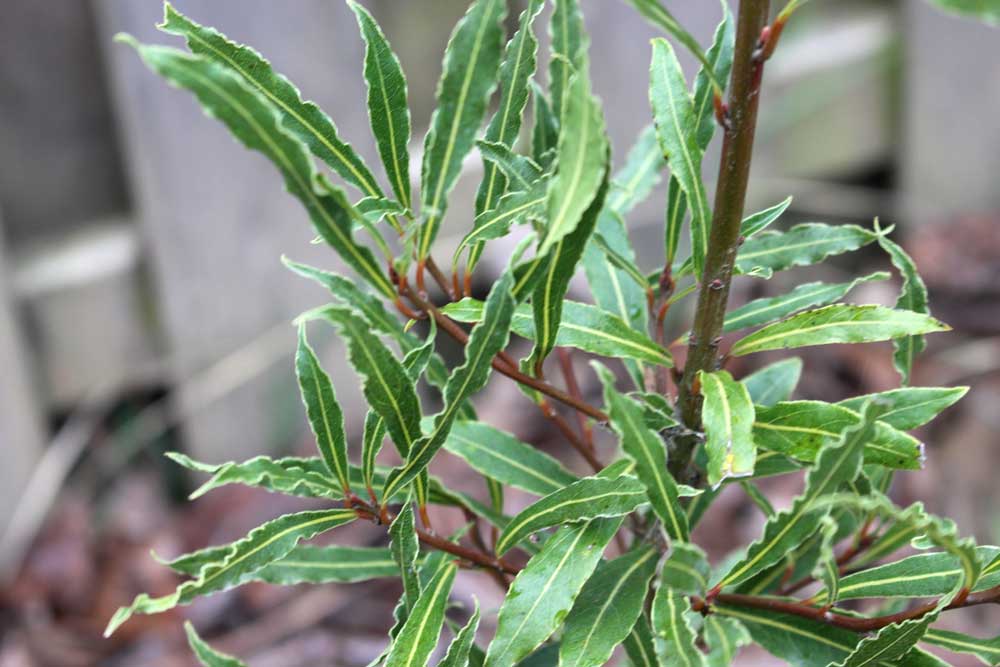
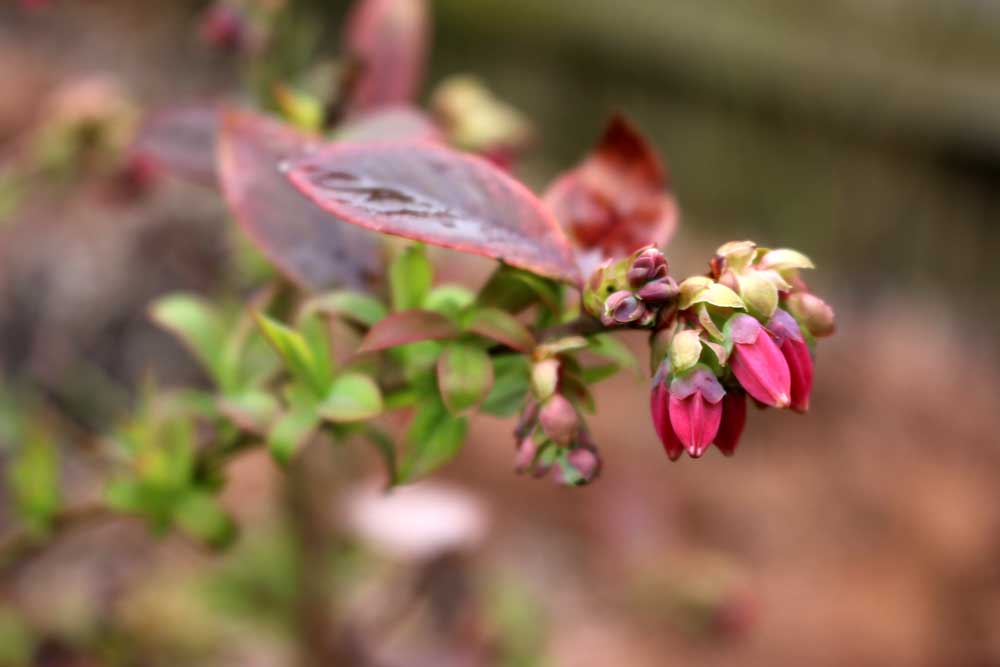
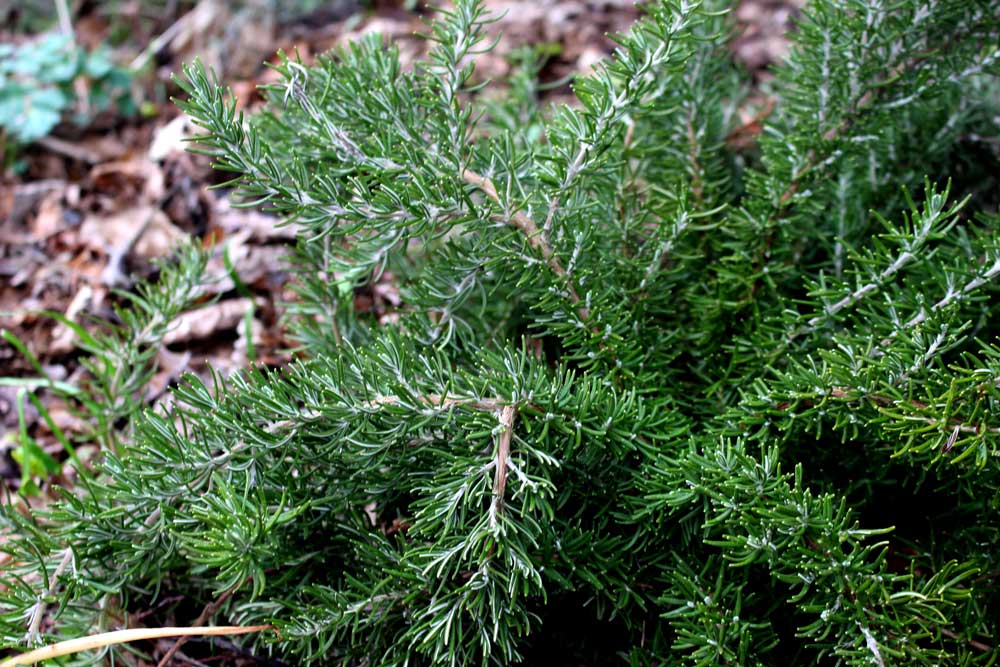
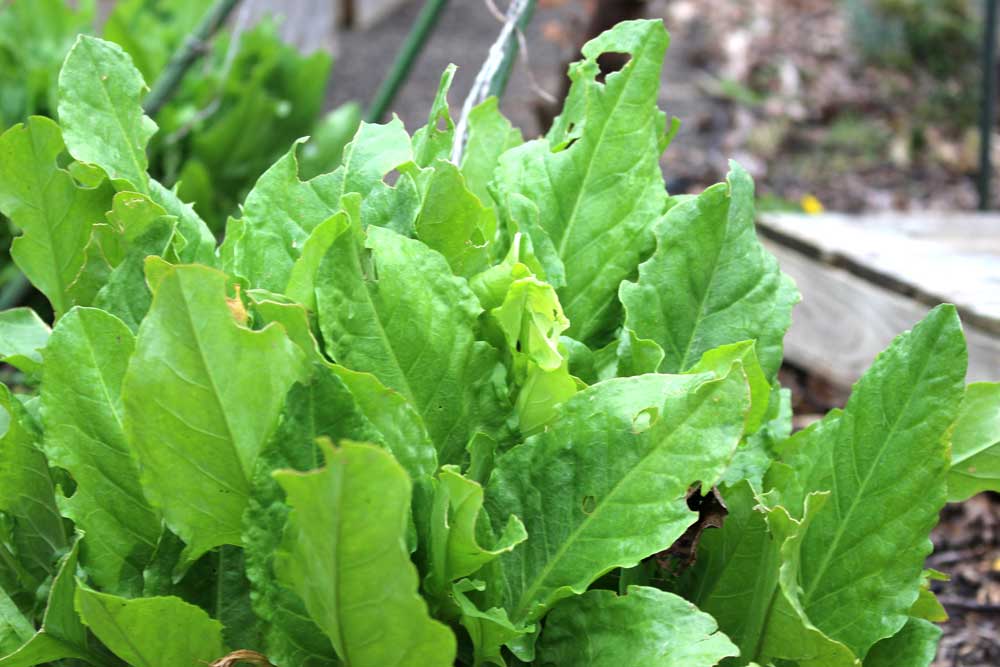
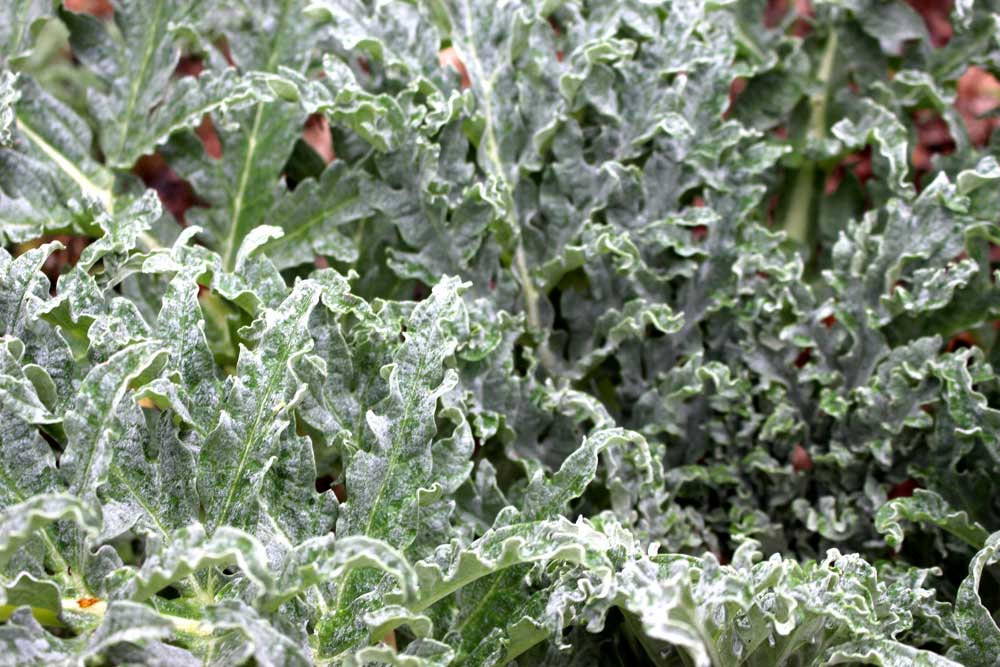
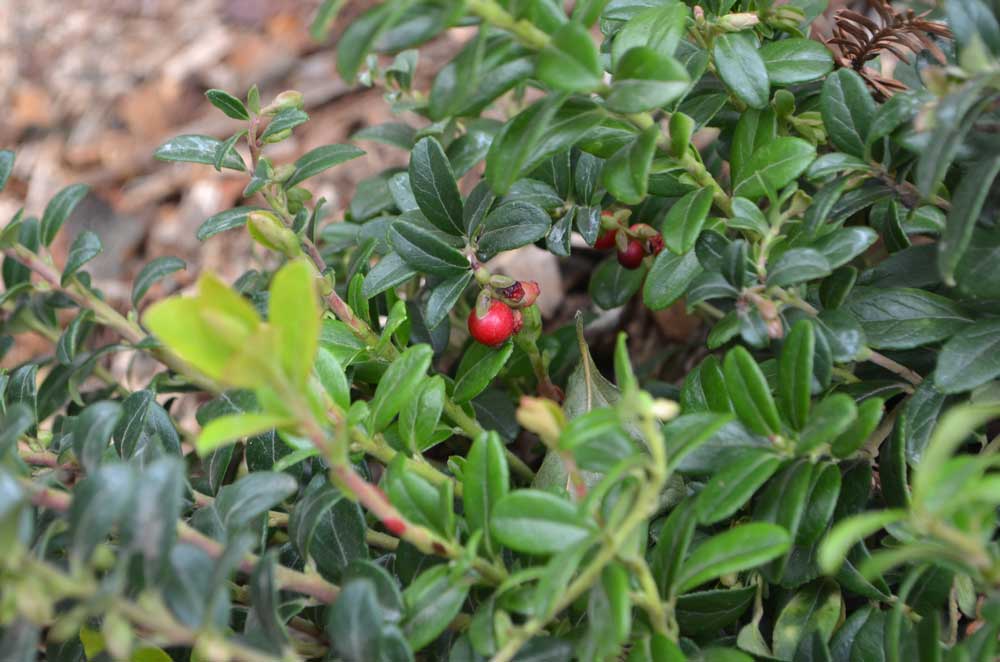
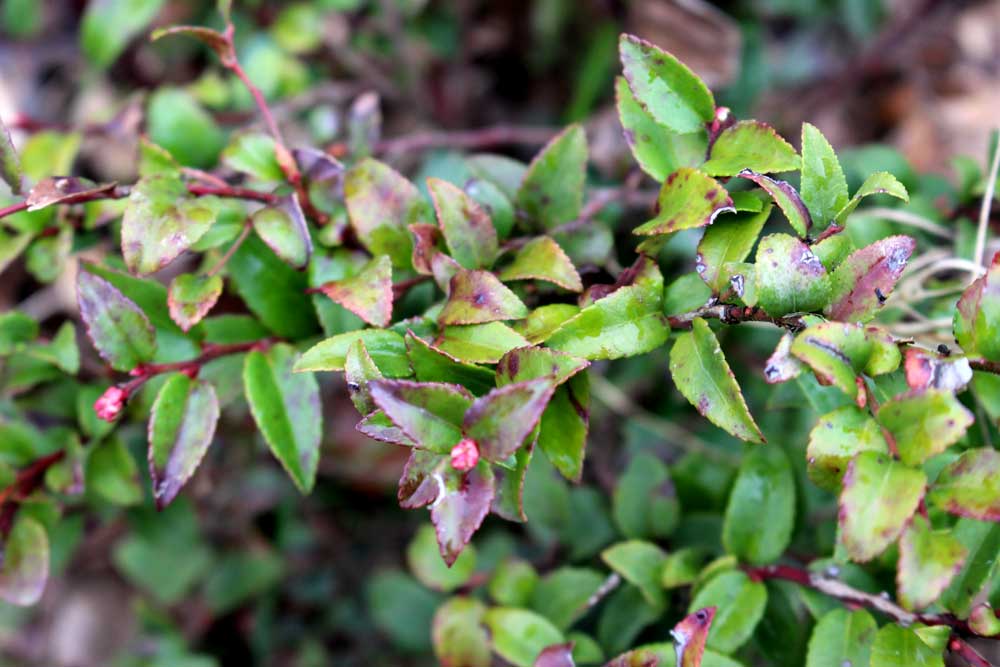
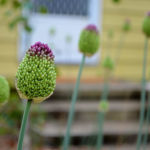
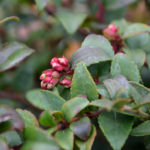
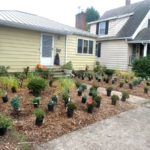
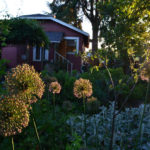
 I start with a
I start with a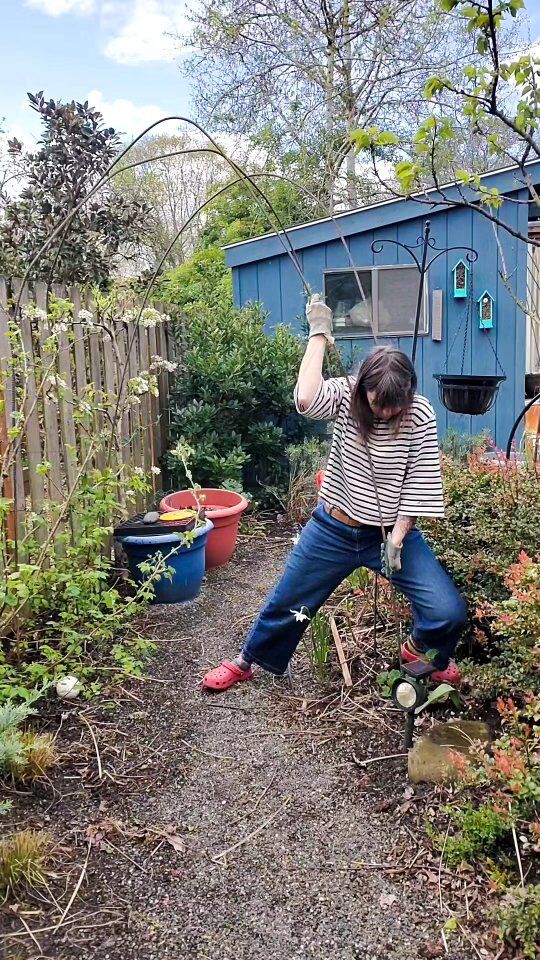
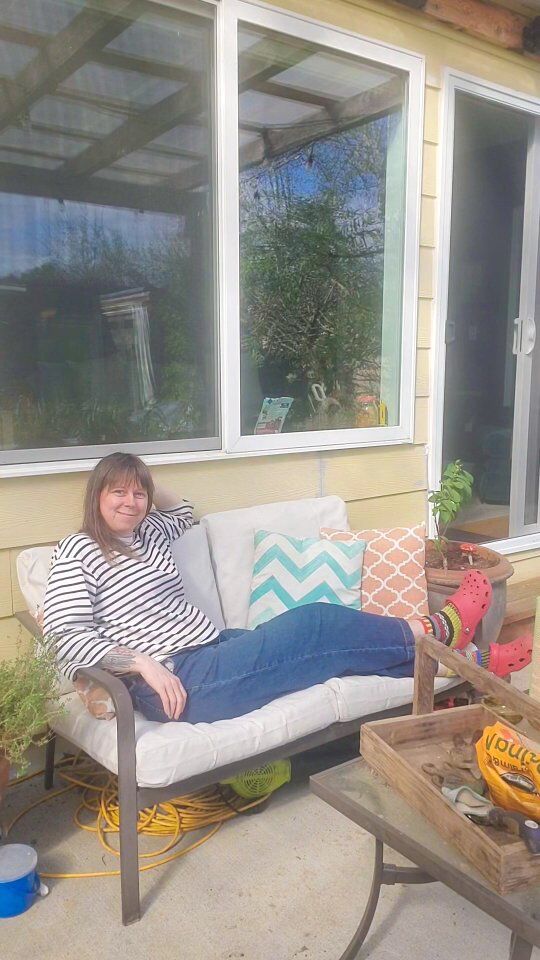
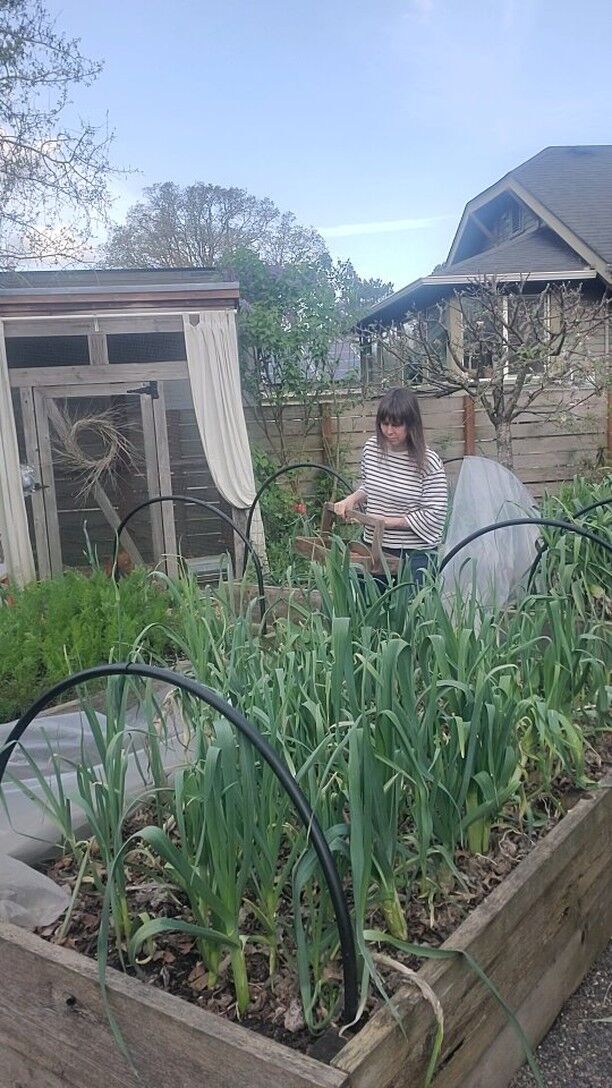
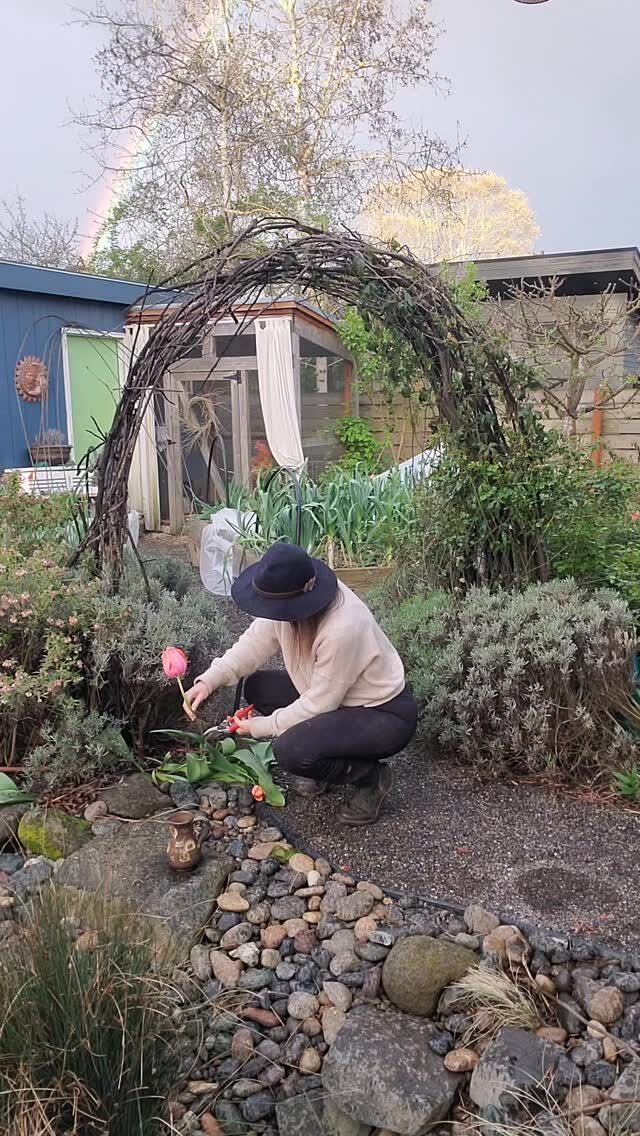
 There's a go
There's a go
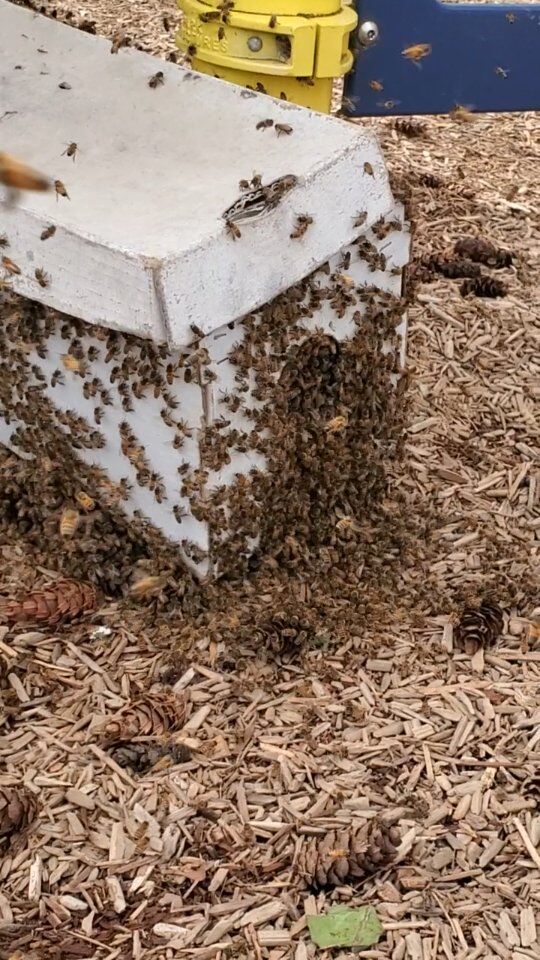
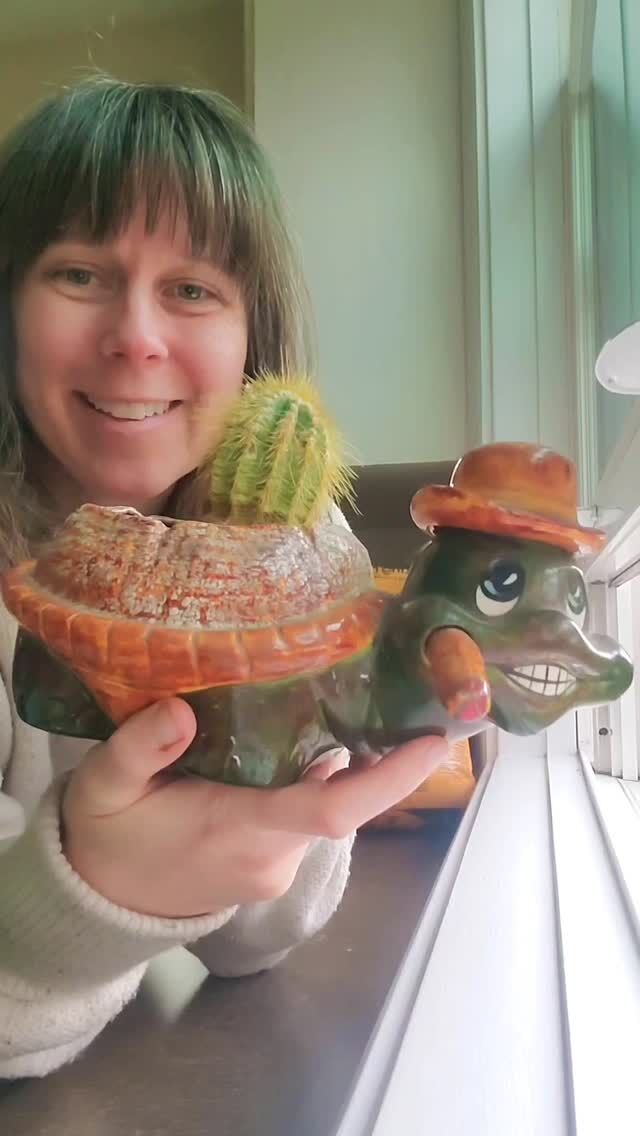
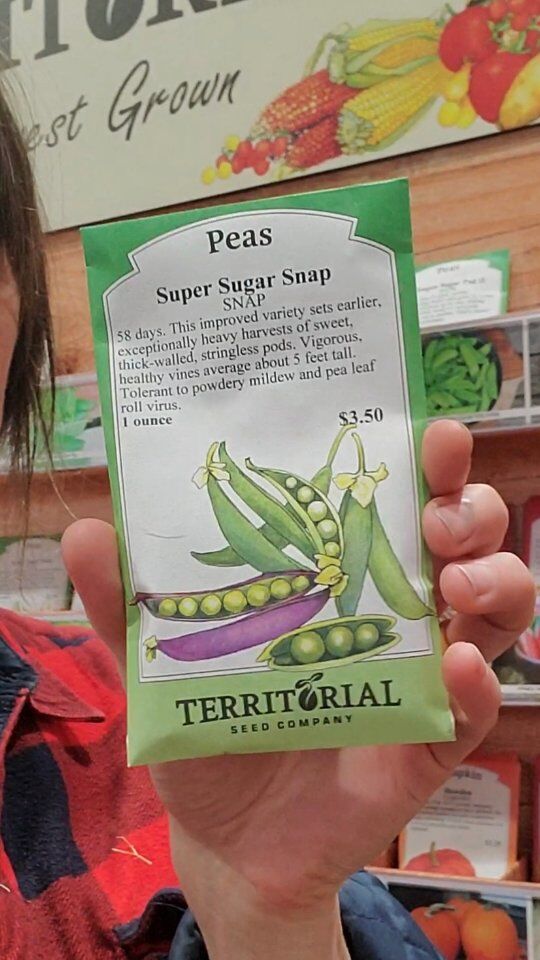

Are arborvitae shrubs edible? Can I make tea from the needles?
I have never heard they are edible. I have heard of people making tea from pine needles though.
The Oregon Grape plant might be added to this list, especially for Northwesterners. It has medicinal properties and is a lovely, holly like evergreen!